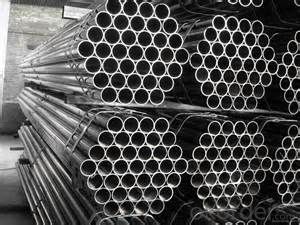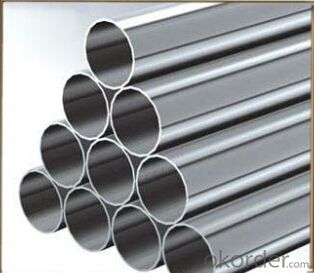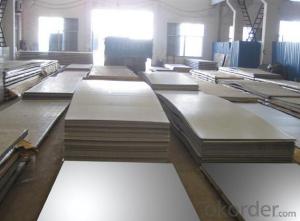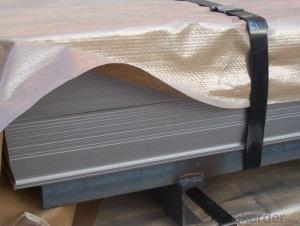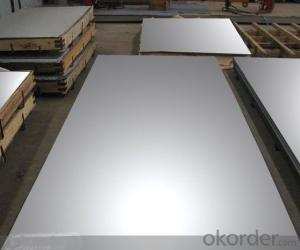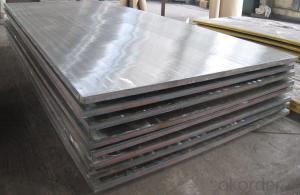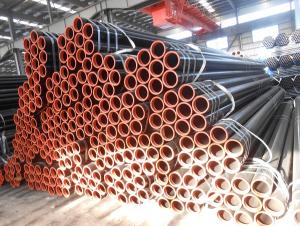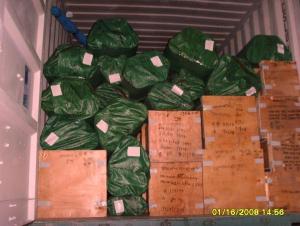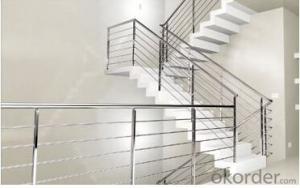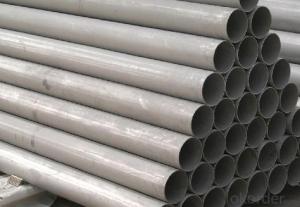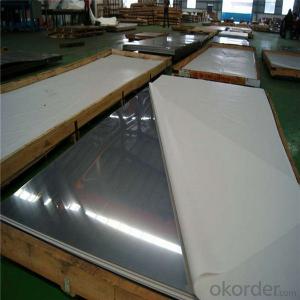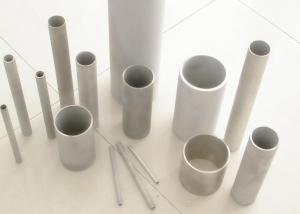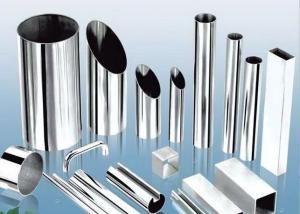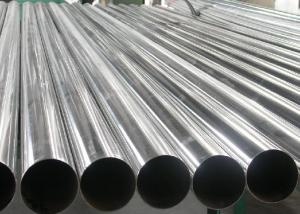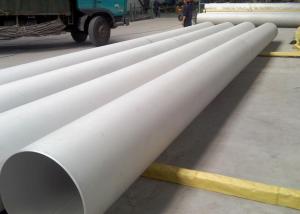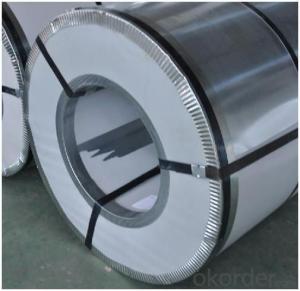Stainless Steel Pipe Seamless Steel Tube for oil Pipe
- Loading Port:
- China Main Port
- Payment Terms:
- TT or LC
- Min Order Qty:
- 30 m.t.
- Supply Capability:
- 12000 m.t./month
OKorder Service Pledge
OKorder Financial Service
You Might Also Like
1、Full series of products provides an easier access for one stop purchase
▲ Line pipe
▲ Tubing and casing
▲ L & M & H boiler tube
▲ Gas cylinder tube & pipe
▲ Mechanical & Structural pipe
▲ Ship-building tube & pipe
▲ Automobile tube & pipe
2、Main Features of the Seamless Pipe ASTM A106/53:
• High manufacturing accuracy
• High strength
• Small inertia resistance
• Strong heat dissipation ability
• Good visual effect
• Reasonable price
1.Seamless pipe professor
2.MTC,ISO,API certificate
3.ASTM,DIN,BS,JIS,GB
4.On time delivery
5.Big store,excellent package
3、Seamless Pipe ASTM A106/53 Specification:
Standard | GB, DIN, ASTM ASTM A106-2006, ASTM A53-2007 |
Grade | 10#-45#, 16Mn 10#, 20#, 45#, 16Mn |
Thickness | 8 - 33 mm |
Section Shape | Round |
Outer Diameter | 133 - 219 mm |
Place of Origin | Shandong, China (Mainland) |
Secondary Or Not | Non-secondary |
Application | Hydraulic Pipe |
Technique | Cold Drawn |
Certification | API |
Surface Treatment | factory state or painted black |
Special Pipe | API Pipe |
Alloy Or Not | Non-alloy |
Length | 5-12M |
Outer Diameter | 21.3-610mm |
Grade | 20#, 45#, Q345, API J55, API K55, API L80, API N80, API P110, A53B |
Standard | ASME, ASTM |
4、Packaging & Delivery
Packaging Details: | seaworthy package,bundles wrapped with strong steel strip |
Delivery Detail: | 15-30days after received 30%TT |
5、FAQ of Seamless Pipe ASTM A106/53:
①How is the quality of your products?
Our products are manufactured strictly according to national and internaional standard, and we take a test
on every pipe before delivered out. If you want see our quality certifications and all kinds of testing report, please just ask us for it.
Guaranteed: If products’ quality don’t accord to discription as we give or the promise before you place order, we promise 100% refund.
②How about price?
Yes, we are factory and be able to give you lowest price below market one, and we have a policy that “ for saving time and absolutely honest business attitude, we quote as lowest as possible for any customer, and discount can be given according to quantity”,if you like bargain and factory price is not low enough as you think, just don’t waste your time.Please trust the quotation we would give you, it is professional one.
③Why should you chose us?
● Full series of products provides an easier access for one stop purchase
▲ Electric Resistance Welded (ERW) Steel Pipe
▲ Longitudinal Submerged Arc Welded (LSAW) Steel Pipe
▲ Spiral Submerged Arc Welded (SSAW) Steel Pipe
▲ Hollow Section (Square and Rectangle Pipe)
▲ Hot Dipped Galvanized Steel Pipe
▲ Professional sales team
▲ Professional engineering and technology team
▲ Professional exportation and contract processing/management team
▲ Professional cooperators and partners
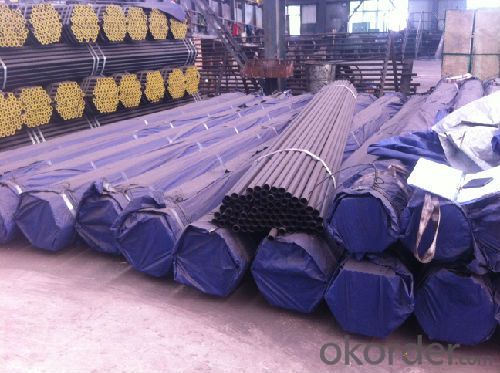
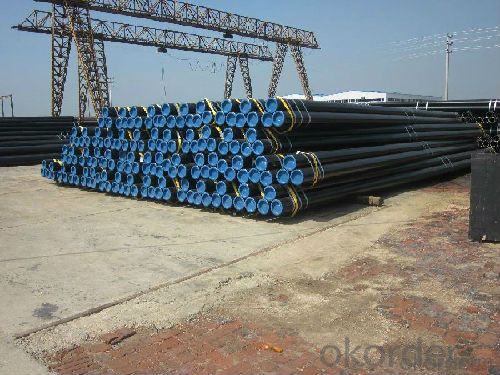

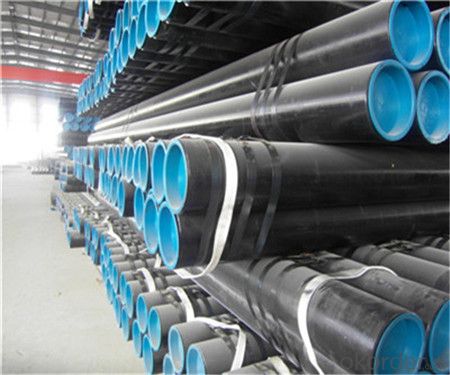
- Q: Are stainless steel sheets suitable for wastewater treatment plants?
- Yes, stainless steel sheets are suitable for wastewater treatment plants. Stainless steel is known for its corrosion resistance, making it an excellent choice for environments with high moisture and chemical exposure, such as wastewater treatment plants. It can withstand the harsh conditions and provide long-lasting durability. Additionally, stainless steel is easy to clean and maintain, which is essential in a wastewater treatment facility where cleanliness and hygiene are critical. The material also has a high strength-to-weight ratio, making it suitable for various applications within the plant, such as tanks, piping, and equipment. Overall, stainless steel sheets are a reliable and practical choice for wastewater treatment plants.
- Q: Are stainless steel sheets resistant to impact?
- Yes, stainless steel sheets are generally resistant to impact due to their high strength and durability. However, their level of impact resistance may vary depending on the specific grade and thickness of the stainless steel sheet.
- Q: 304 stainless steel plate surface quality inspection method which has several?
- 304 stainless steel surface quality of pickling process mainly depends on the heat treatment, surface oxidation Pihou formation if heat treatment before a process, or organization is not uniform, with acid does not improve the surface smoothness and uniformity. Therefore, attention should be paid to heat treatment or surface cleaning prior to heat treatment.
- Q: What are the cost considerations when purchasing stainless steel sheets?
- The cost considerations when purchasing stainless steel sheets include the grade and quality of the stainless steel, the size and thickness of the sheets, any additional finishes or coatings, and the quantity being purchased. Additionally, factors such as transportation and delivery costs, as well as any applicable taxes or import duties, should also be taken into account.
- Q: Can stainless steel sheets be used in industrial applications?
- Yes, stainless steel sheets can be used in industrial applications. Stainless steel is known for its durability, corrosion resistance, and strength, making it suitable for various industrial sectors such as construction, automotive, manufacturing, and food processing. It is commonly used for building structures, machinery components, storage tanks, and in environments that require high hygiene standards.
- Q: Can stainless steel sheets be used for cryogenic applications?
- Yes, stainless steel sheets can be used for cryogenic applications. Stainless steel has excellent mechanical properties at low temperatures and provides good resistance to thermal shock and corrosion, making it suitable for cryogenic environments.
- Q: What does stainless steel plate mean?
- The stainless steel plate is divided into two kinds of hot-rolled and cold-rolled parts according to the method of manufacture, including the thickness of 0.02-4 mm thin cold plate and 4.5-50 mm medium plate. According to the structural characteristics of steel, they can be divided into 5 types: austenite type, austenite ferrite type, ferrite type, martensite type and precipitation hardening type. Can withstand oxalic acid, sulfuric acid iron sulfate, nitrate, nitrate acid and hydrofluoric acid, sulfuric acid copper sulfate, phosphoric acid, formic acid and acetic acid and various acid corrosion, widely used in chemical, food, medicine, papermaking, petroleum, atomic energy industry, as well as construction, kitchen utensils, cutlery, household appliances, vehicles of all kinds of parts. In order to ensure the mechanical properties of various kinds of stainless steel sheet, such as yield strength, tensile strength, elongation and hardness, the steel plate must be annealed, treated by solution, aging treatment before delivery.
- Q: What are the properties of stainless steel sheets?
- Stainless steel sheets are known for their corrosion resistance, high strength and durability. They have a smooth and shiny appearance, making them visually appealing. Additionally, stainless steel sheets are heat and fire resistant, making them suitable for various applications in industries such as construction, automotive, and food processing.
- Q: What is the maximum thickness of stainless steel sheets for bending?
- The maximum thickness of stainless steel sheets for bending can vary depending on the specific grade and type of stainless steel being used. In general, stainless steel sheets up to around 6mm thick can be easily bent, while thicker sheets may require specialized equipment and techniques for successful bending.
- Q: Are stainless steel sheets fire resistant?
- Yes, stainless steel sheets are fire resistant.
Send your message to us
Stainless Steel Pipe Seamless Steel Tube for oil Pipe
- Loading Port:
- China Main Port
- Payment Terms:
- TT or LC
- Min Order Qty:
- 30 m.t.
- Supply Capability:
- 12000 m.t./month
OKorder Service Pledge
OKorder Financial Service
Similar products
Hot products
Hot Searches
Related keywords




